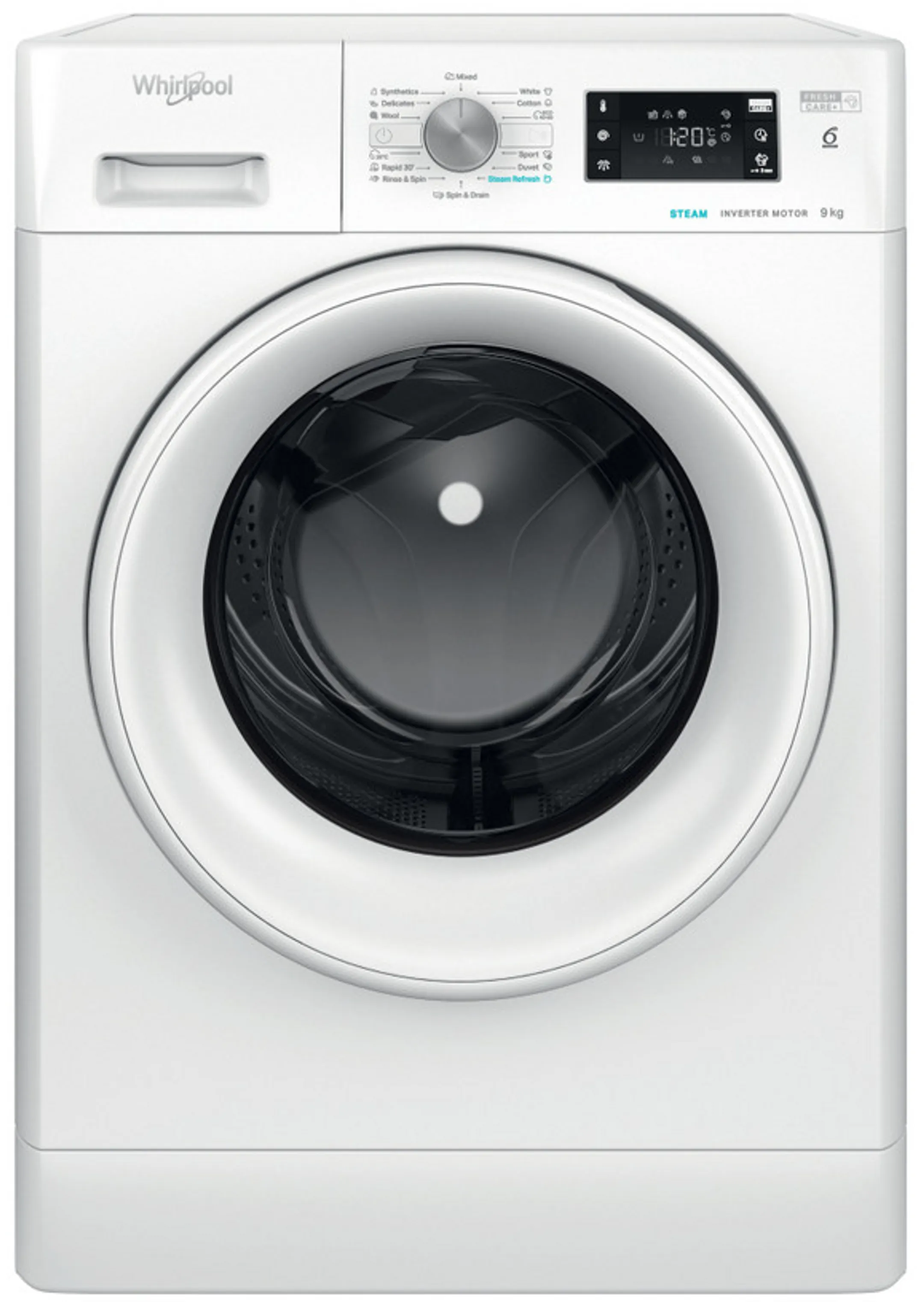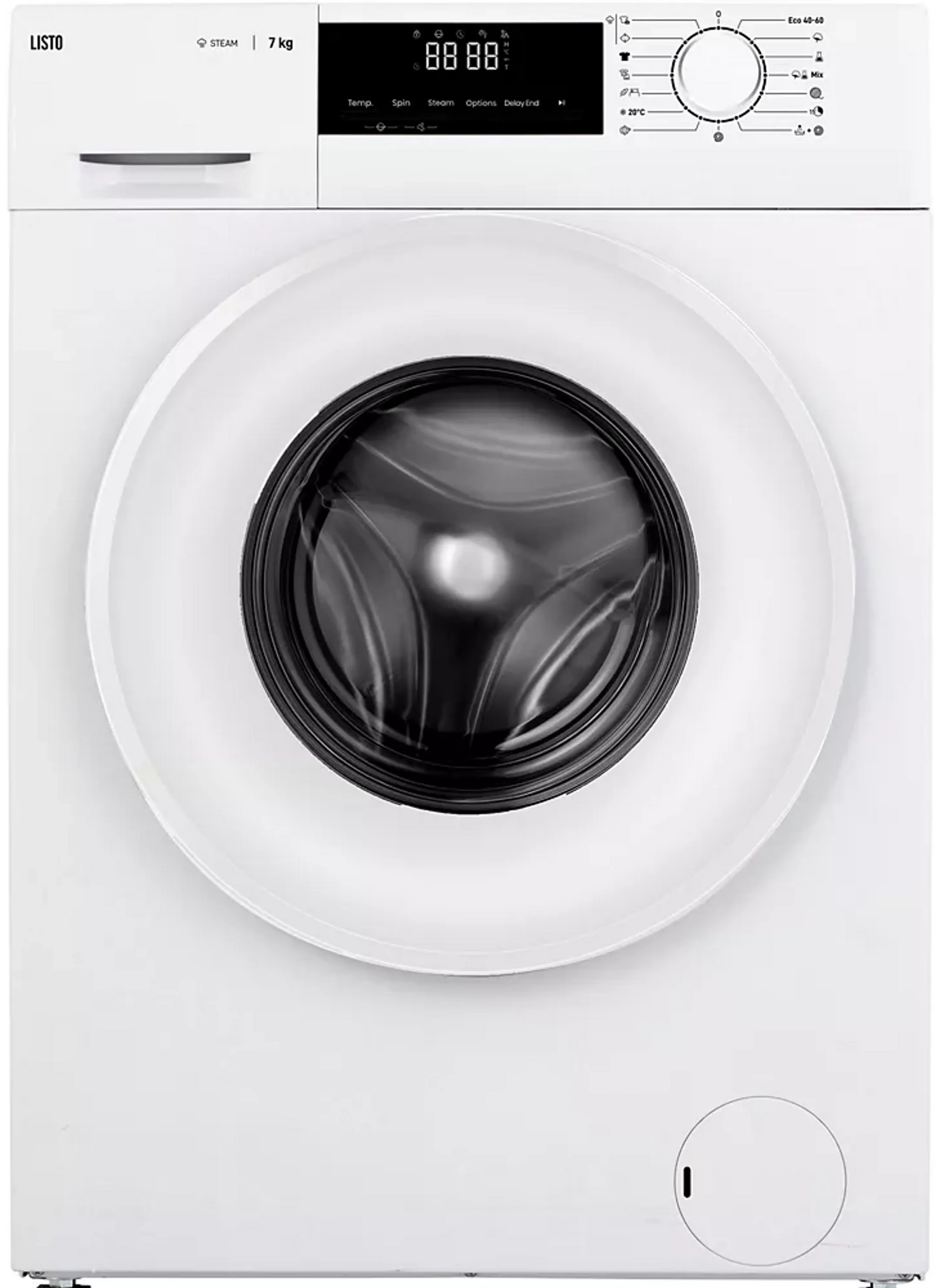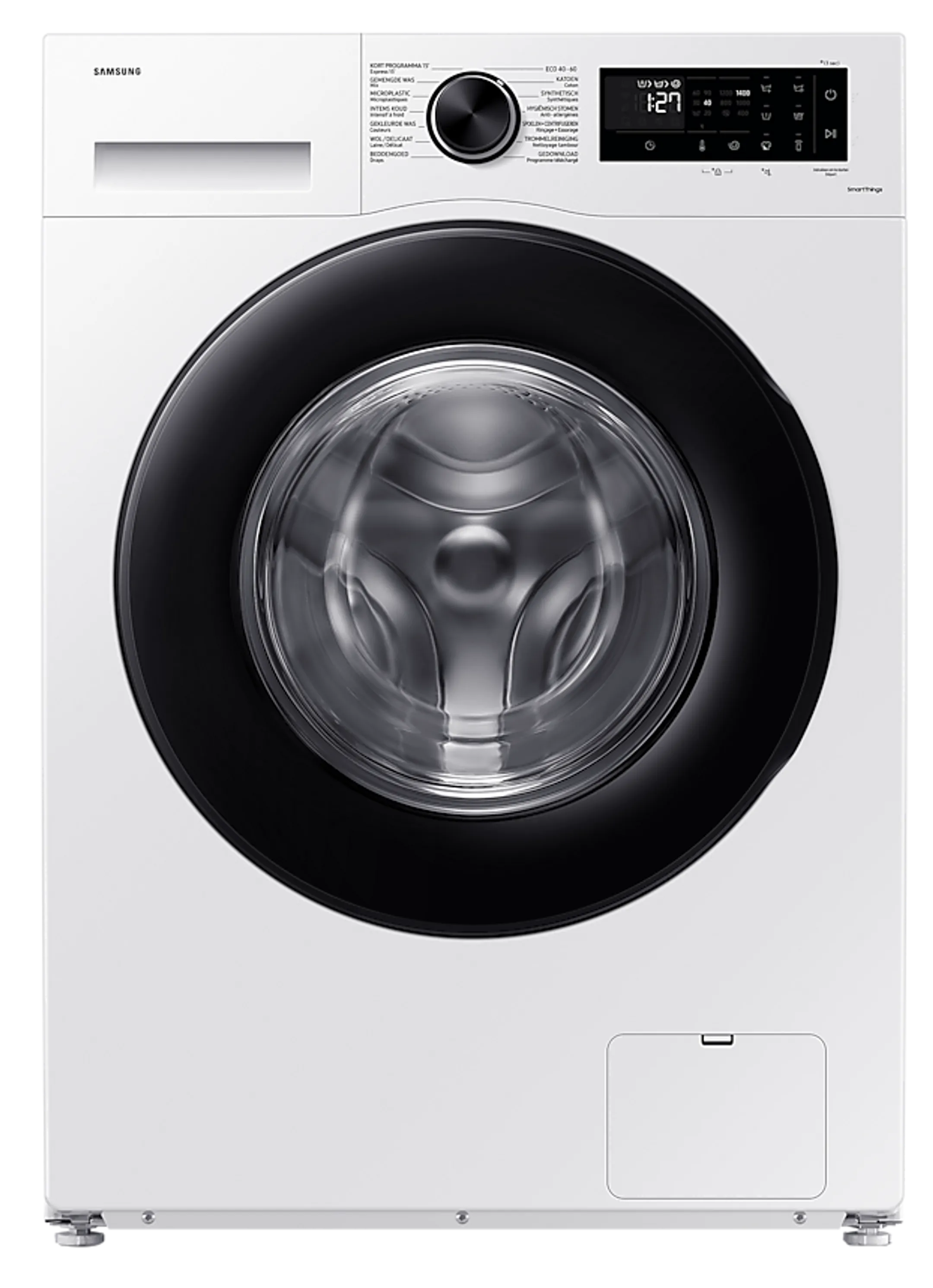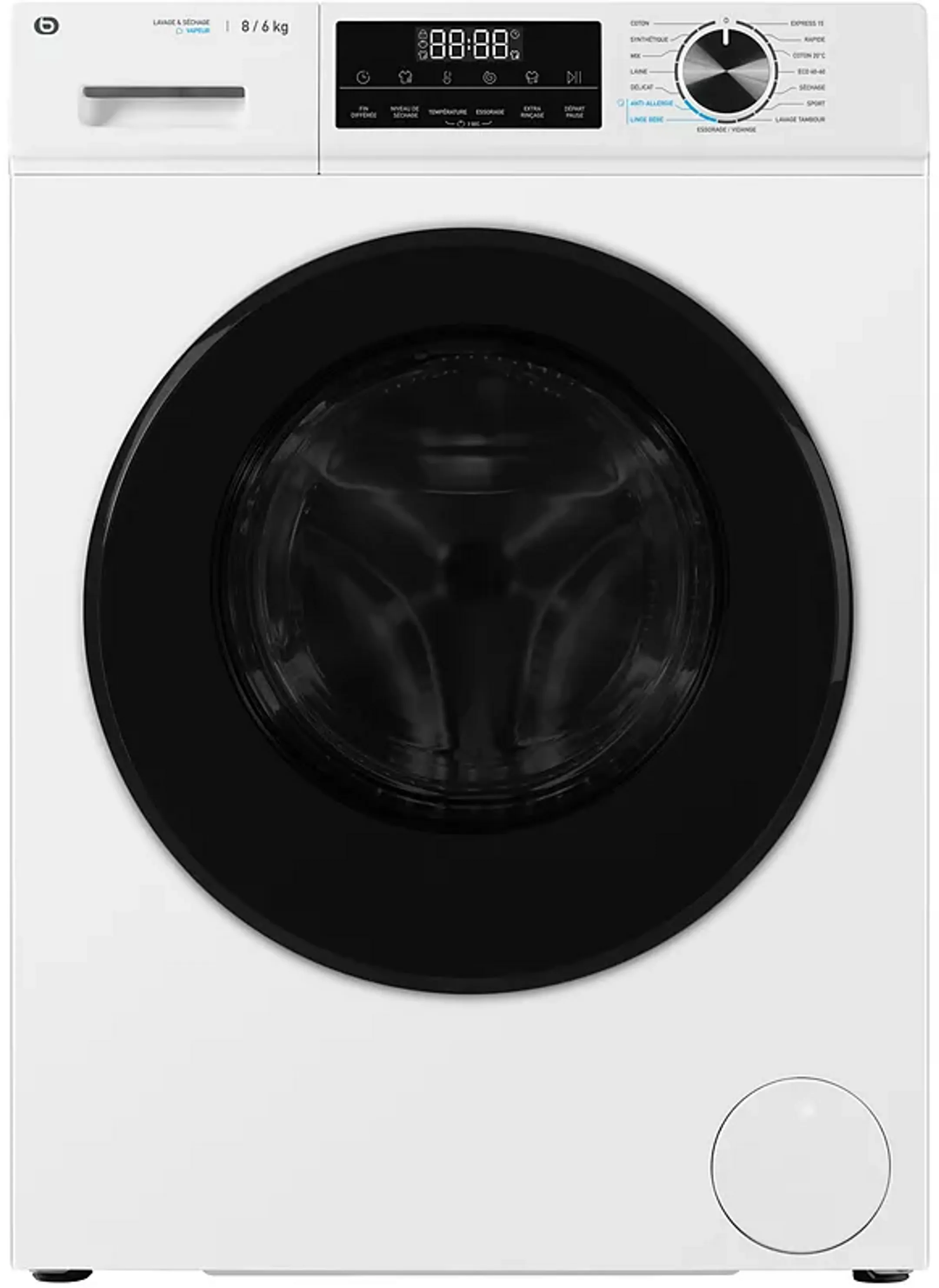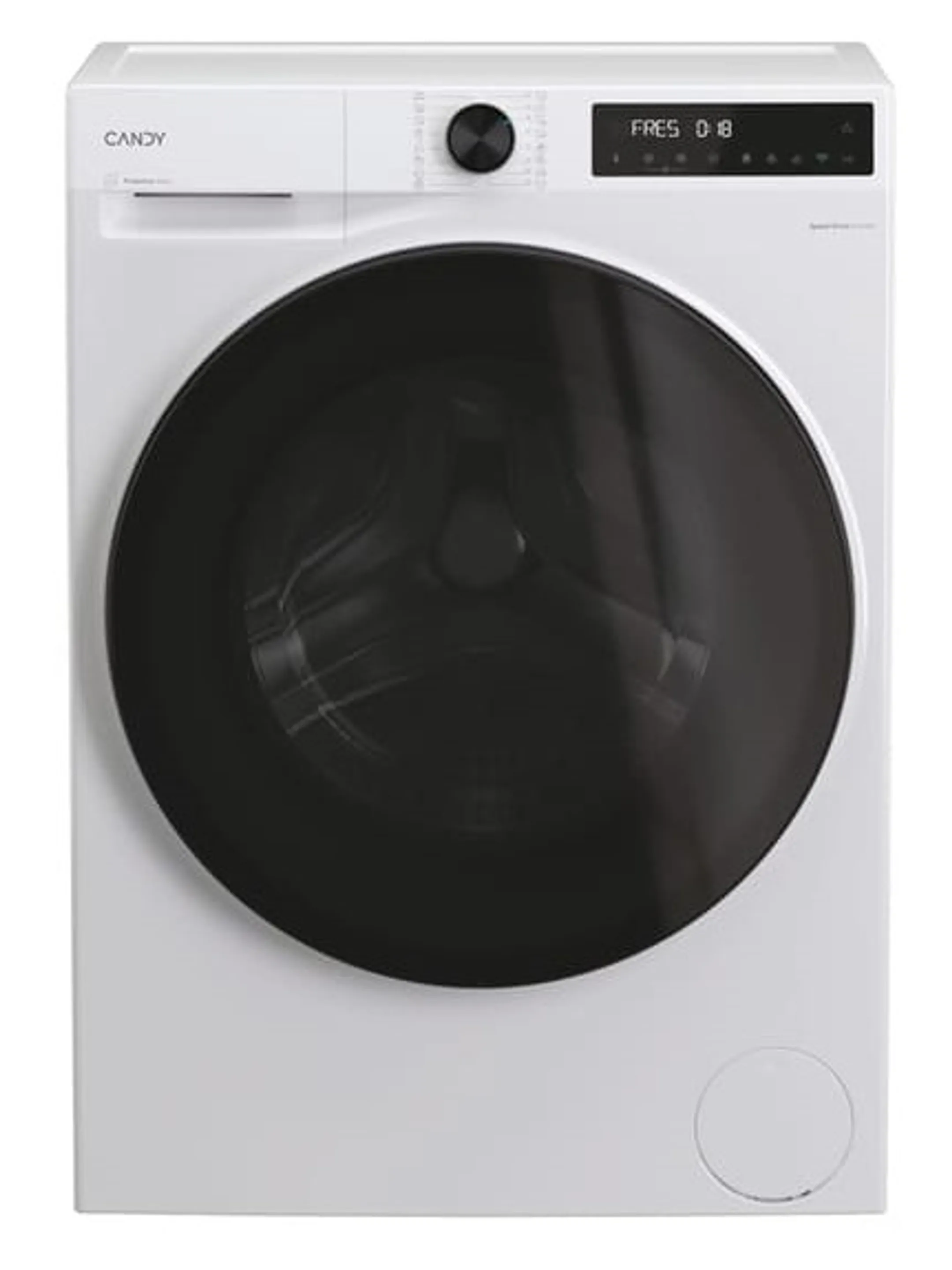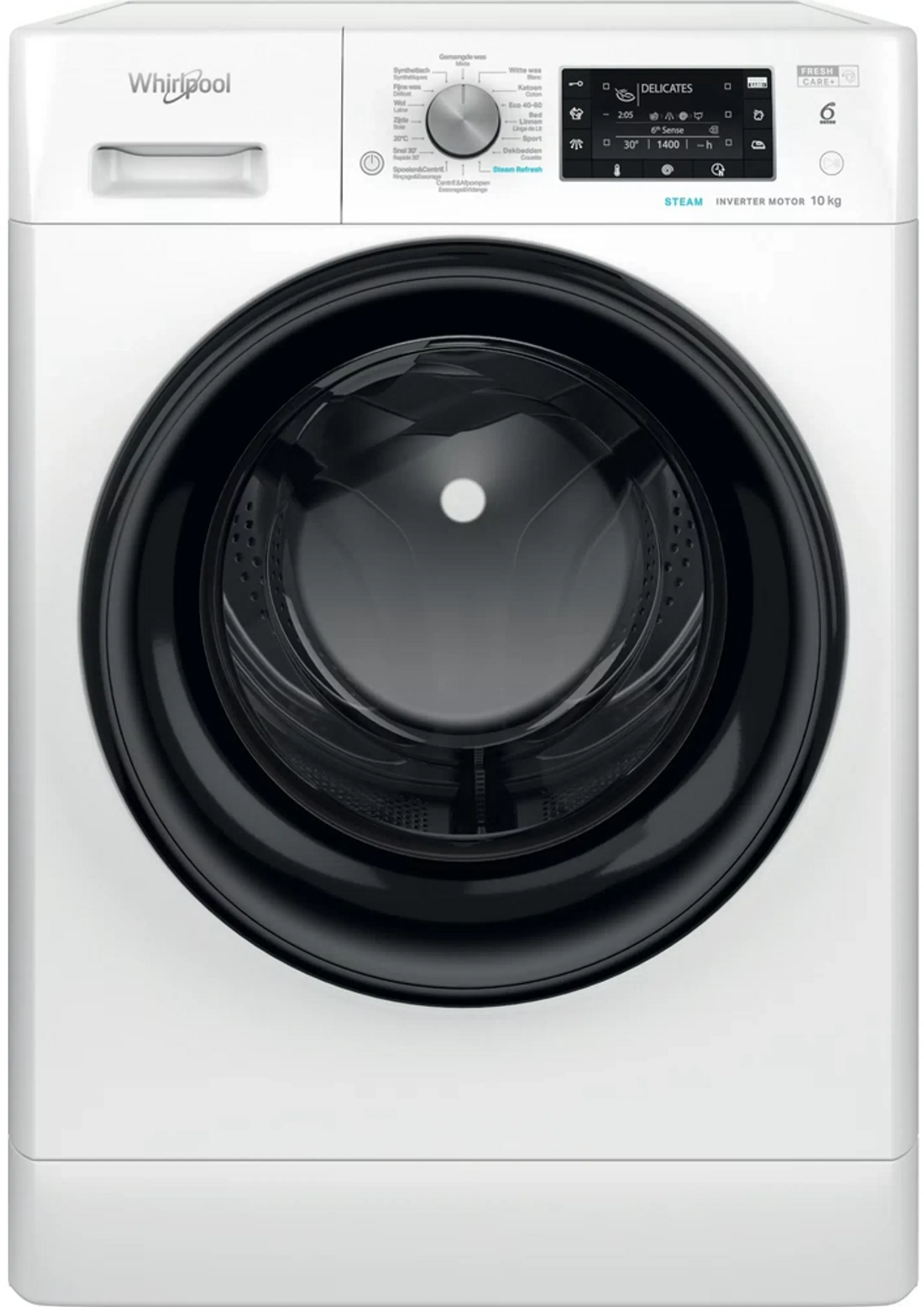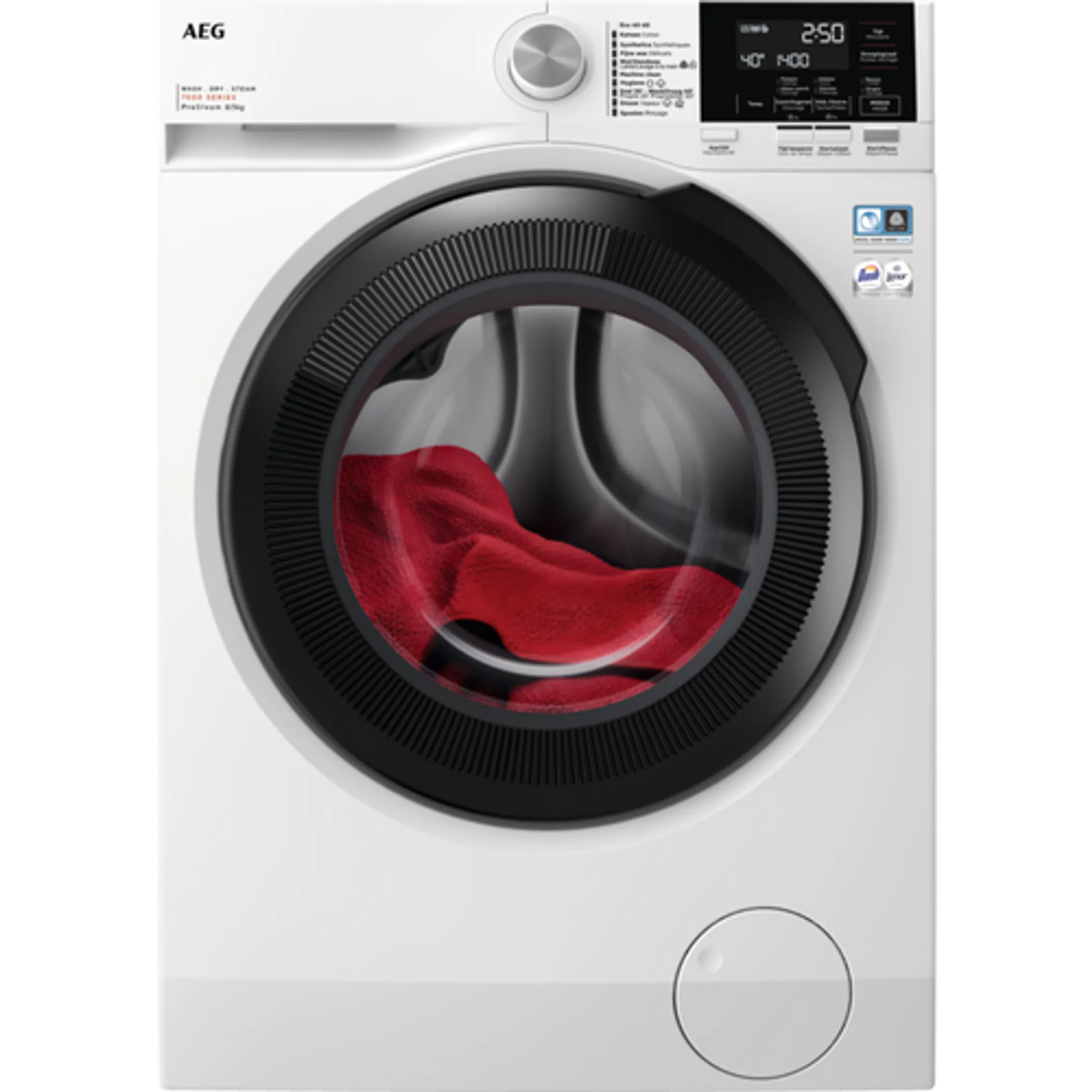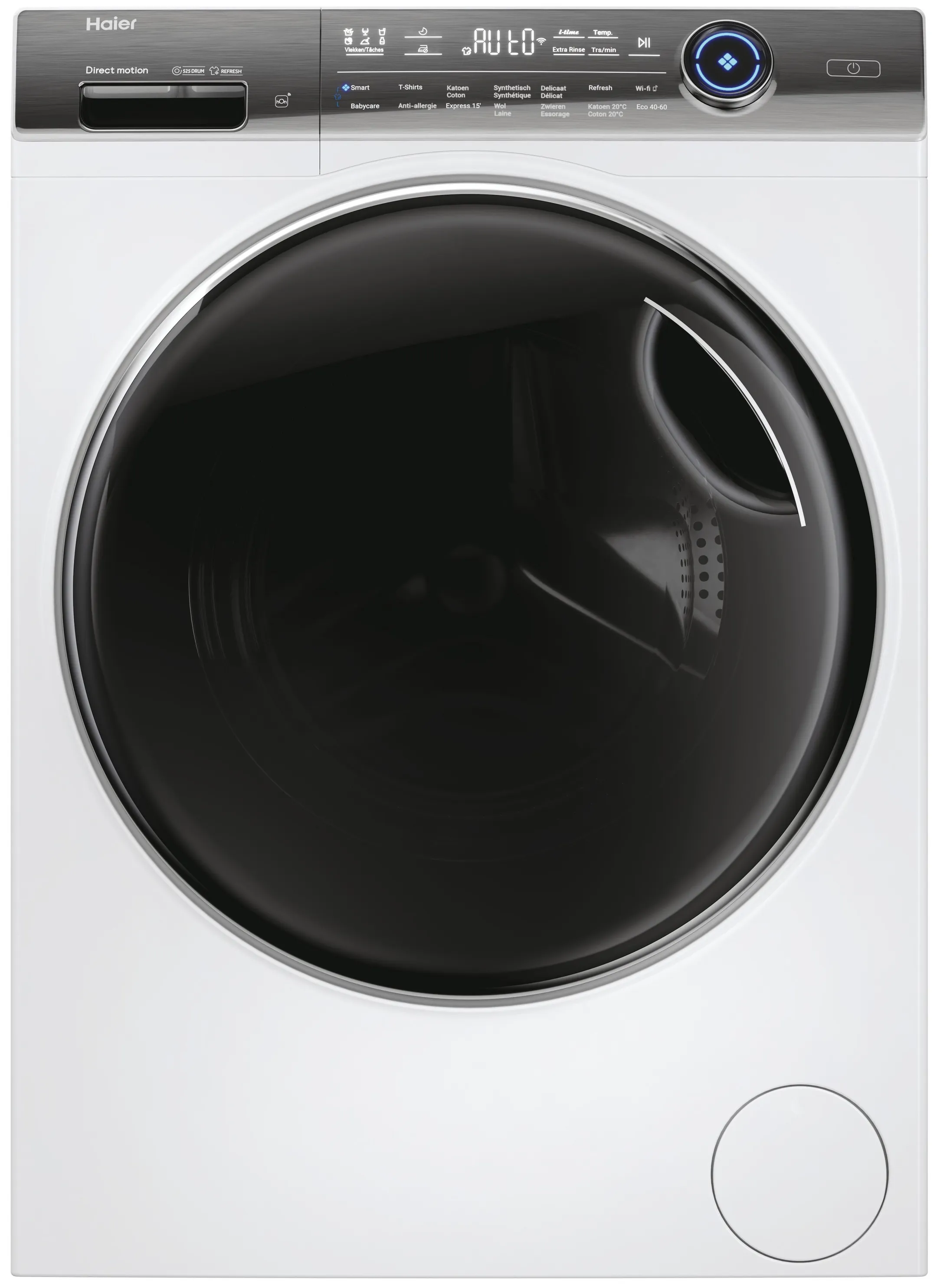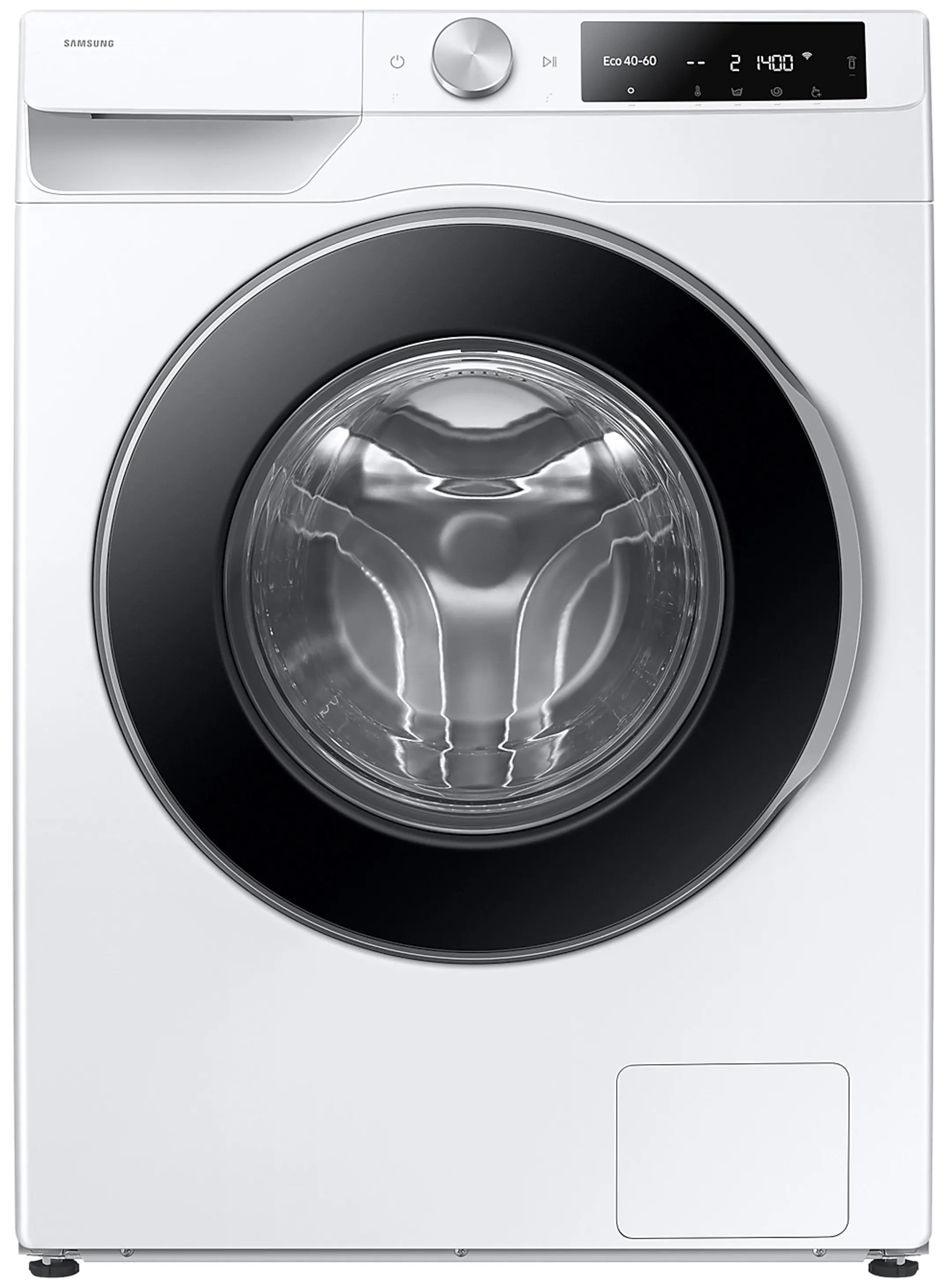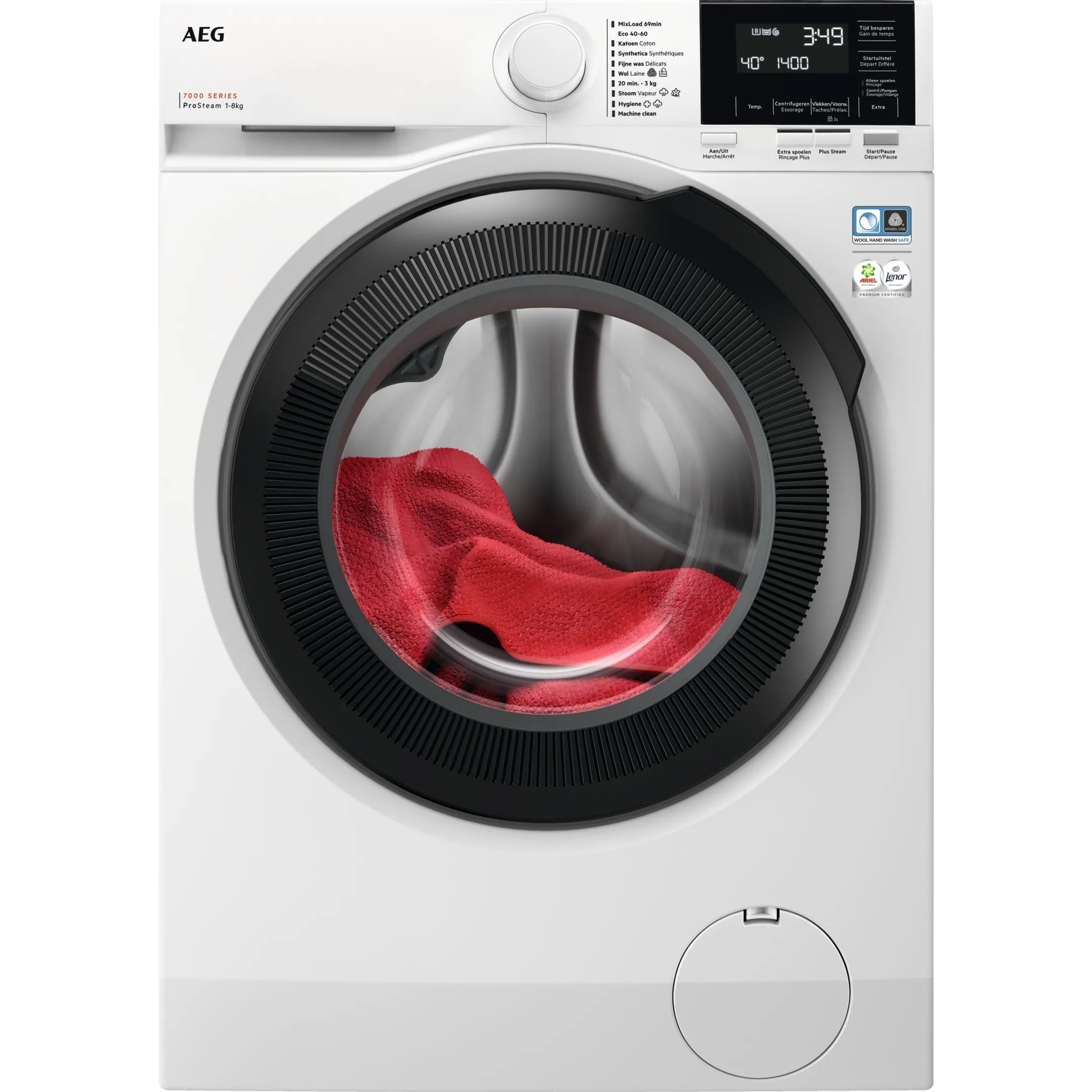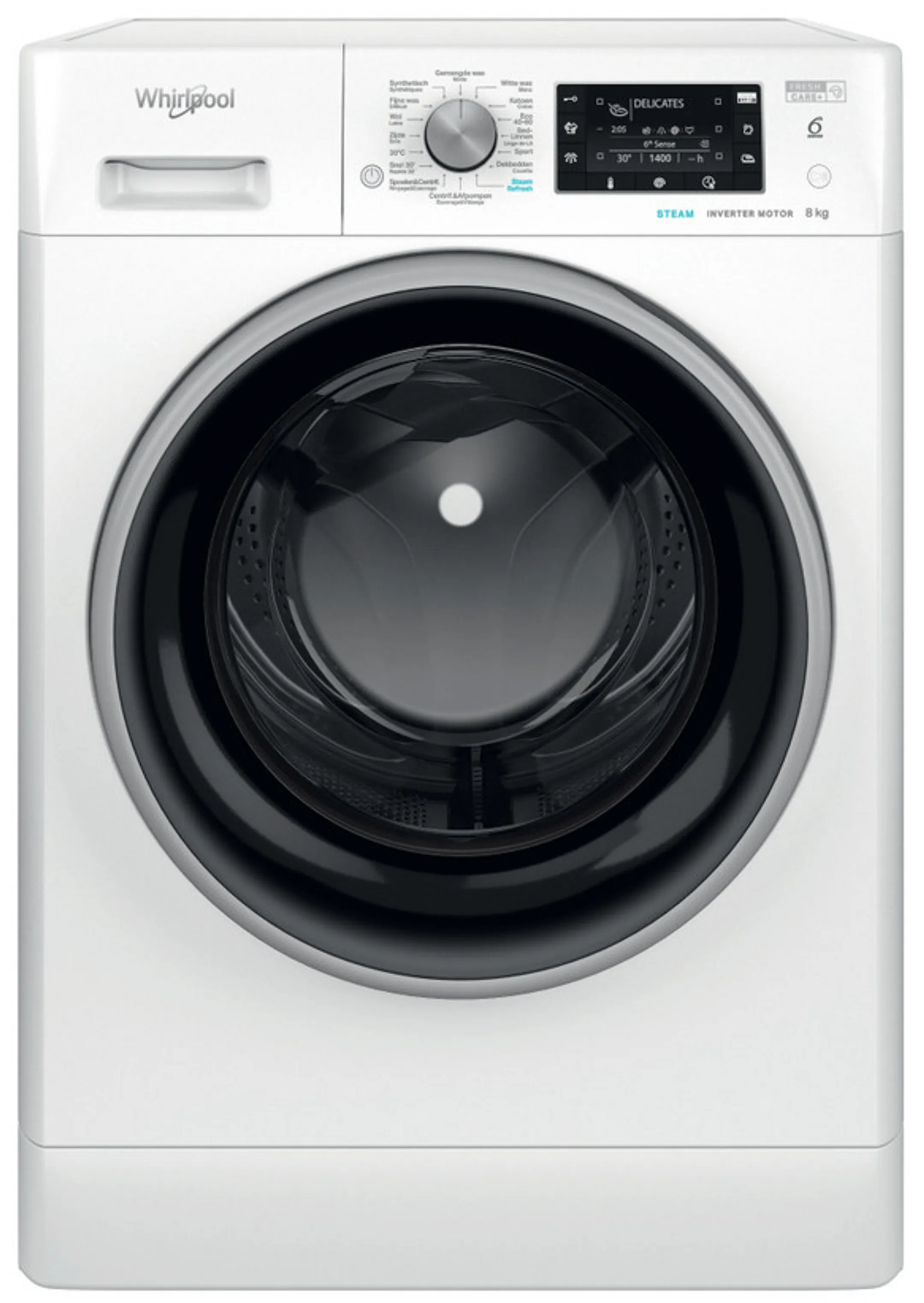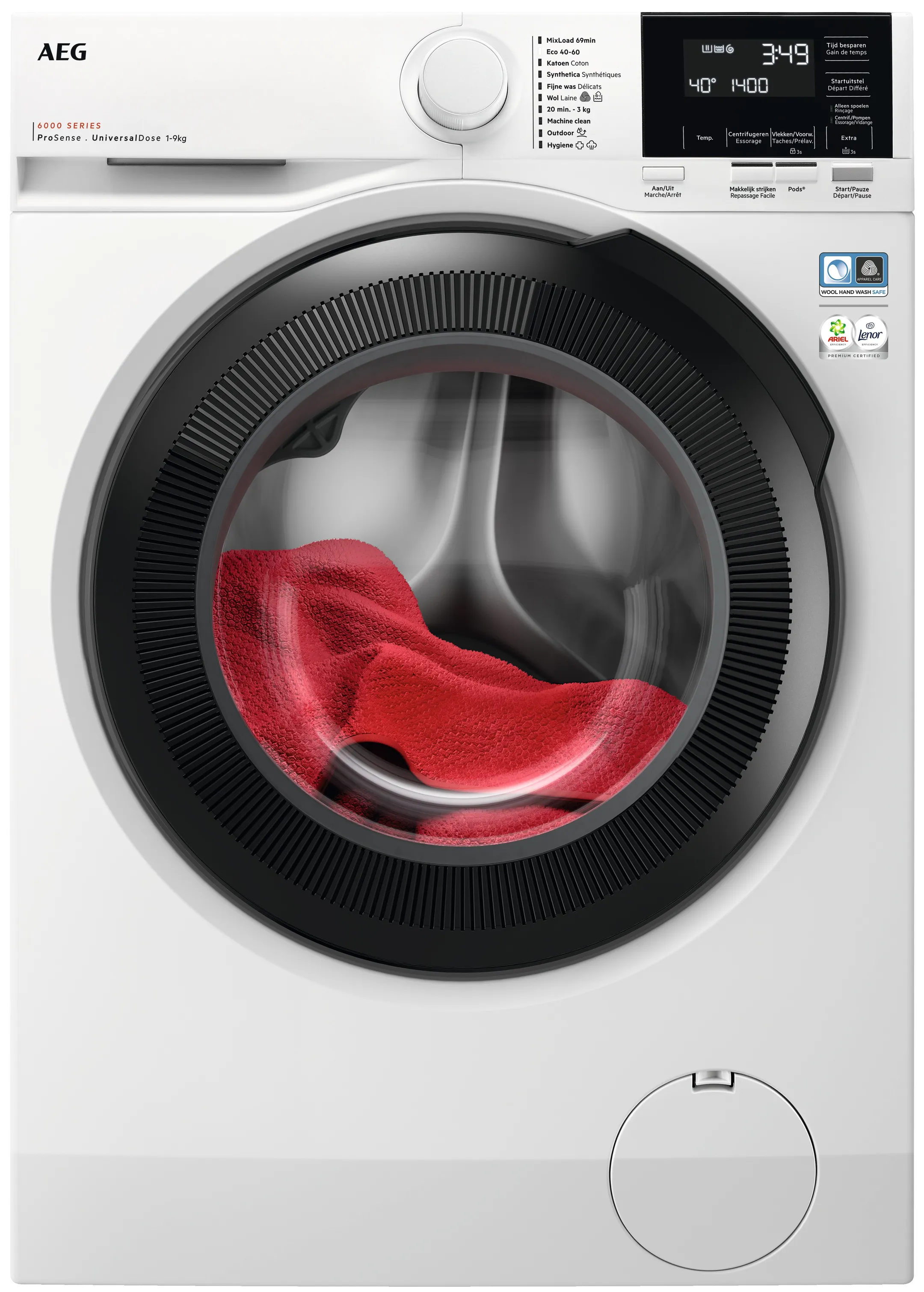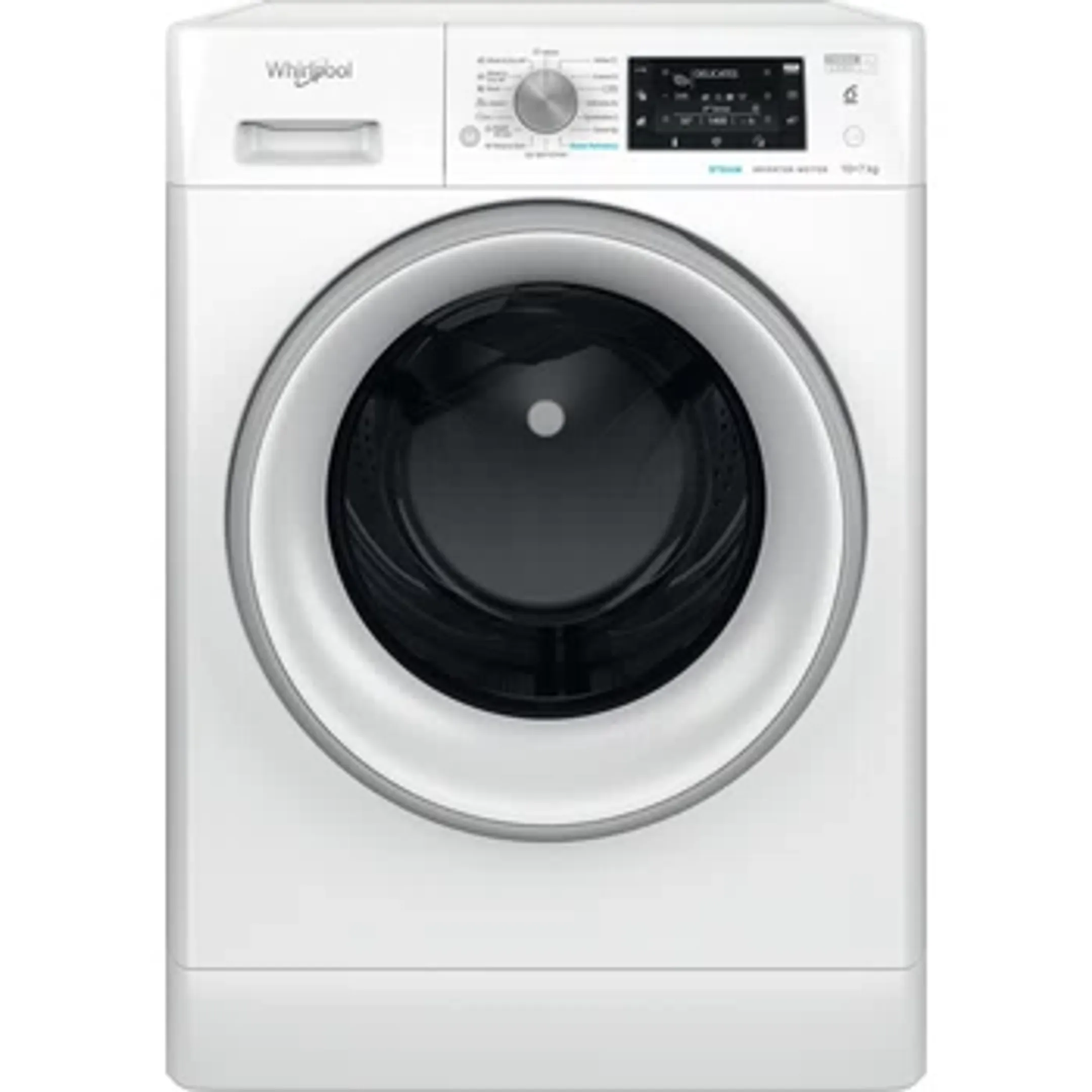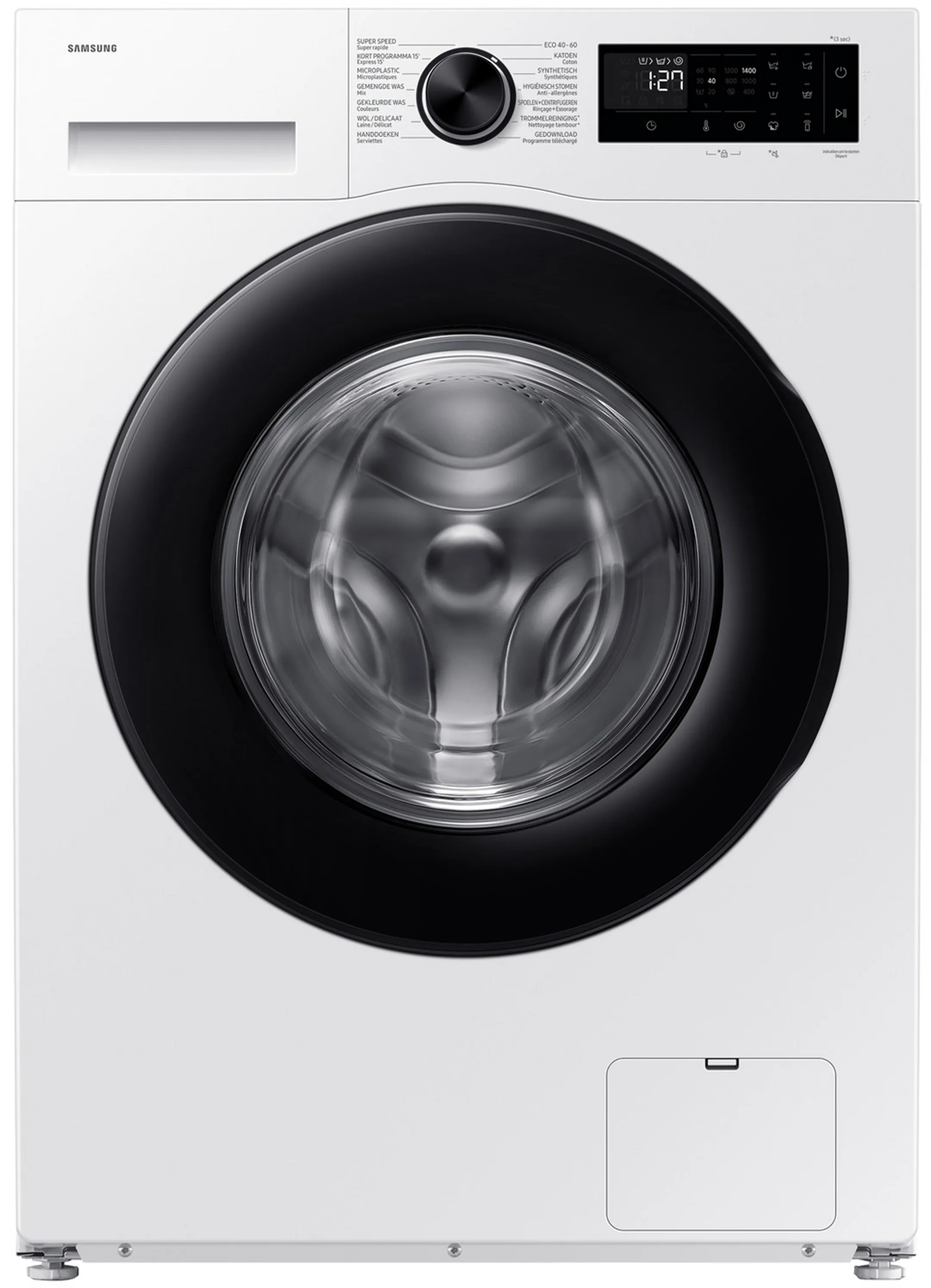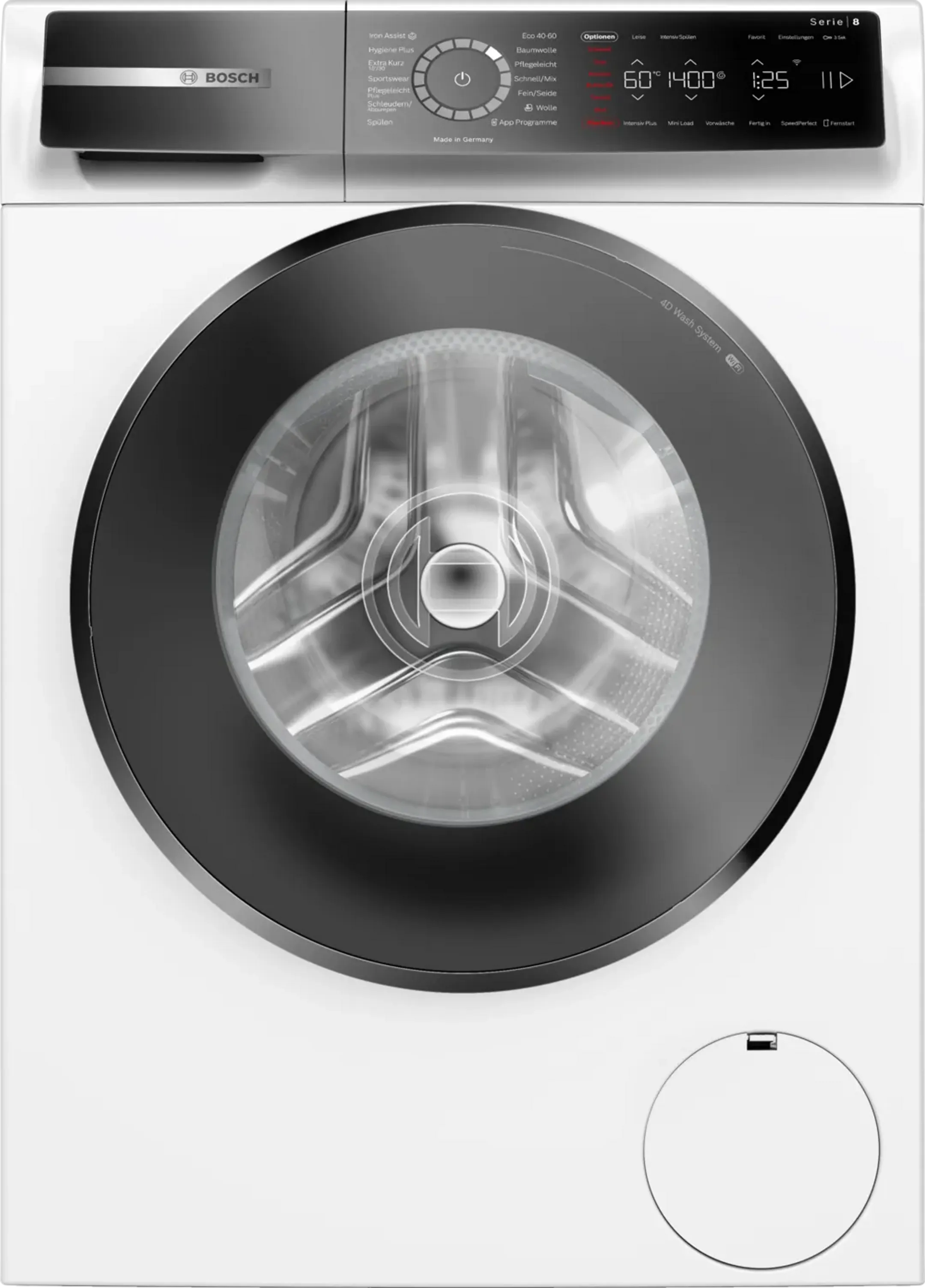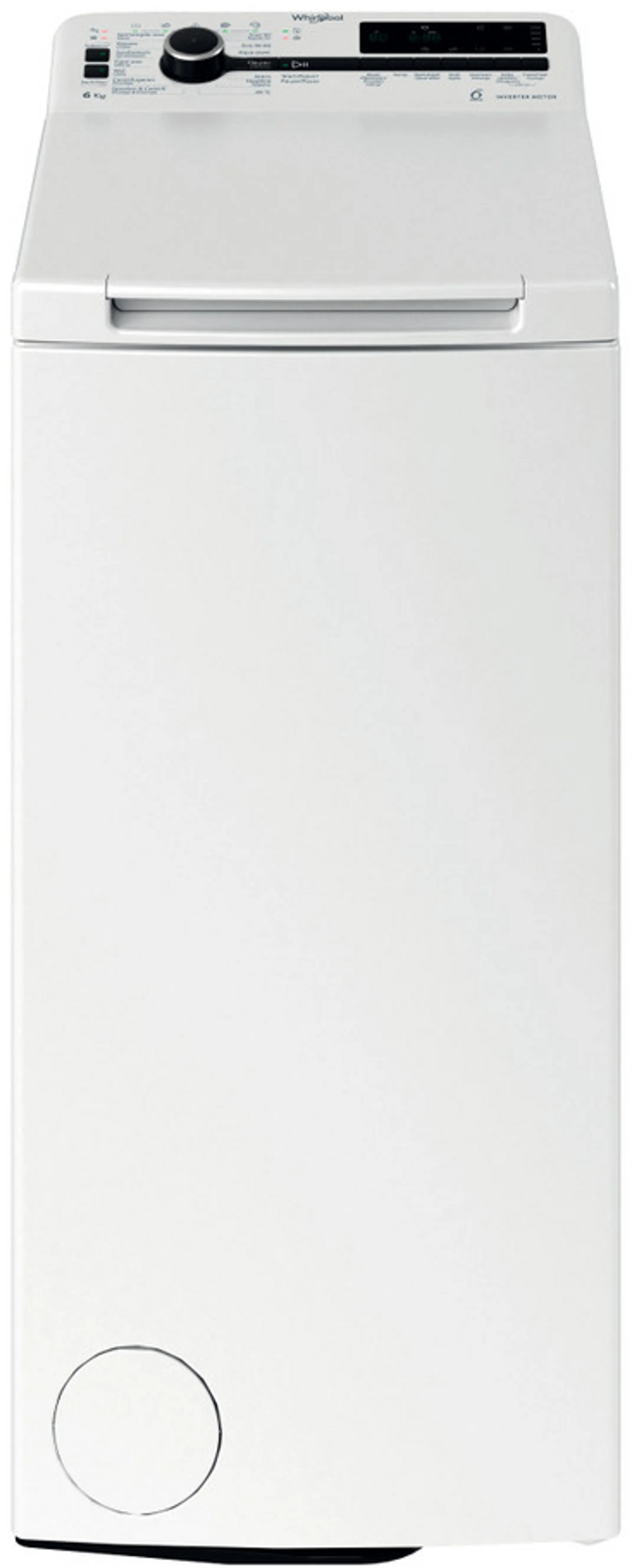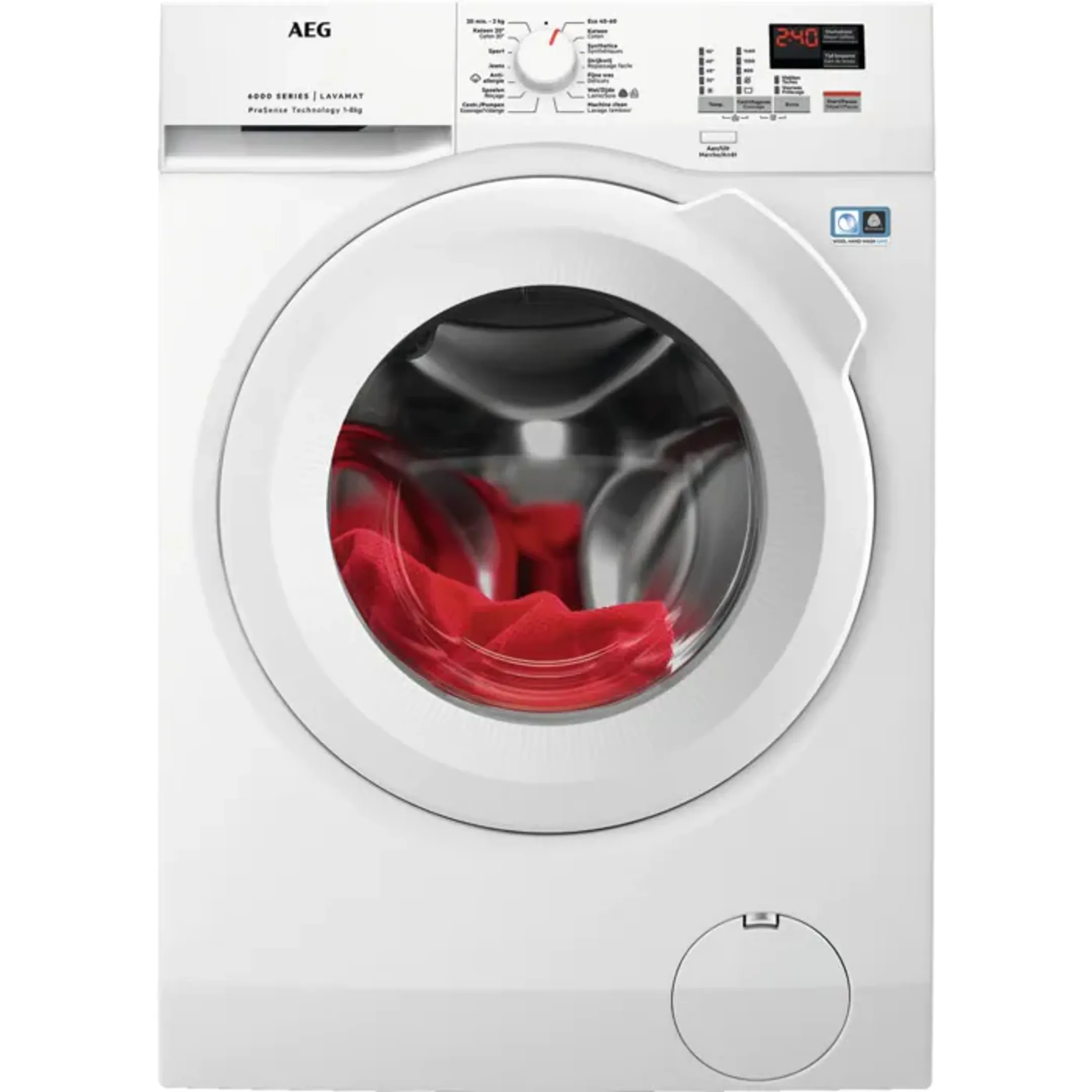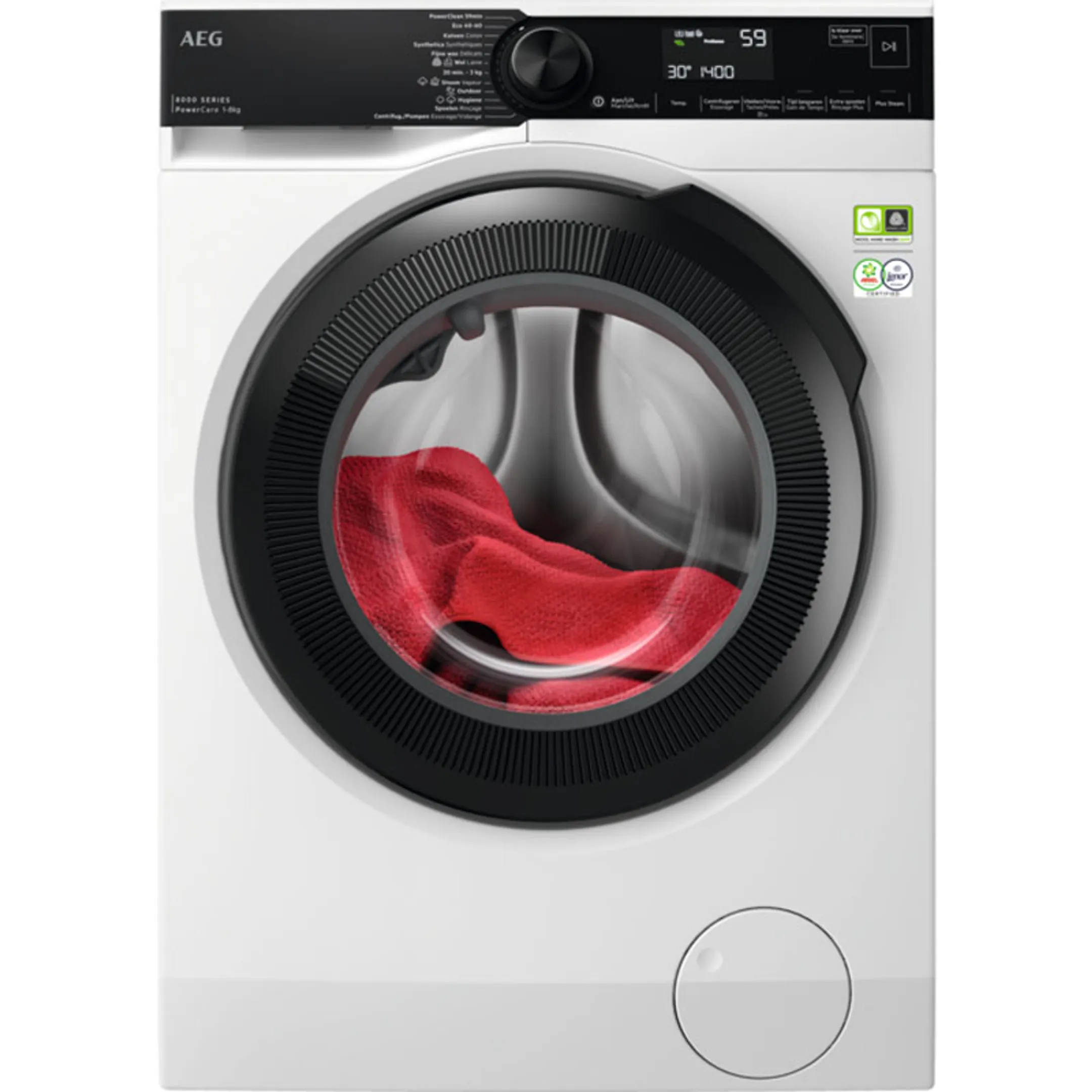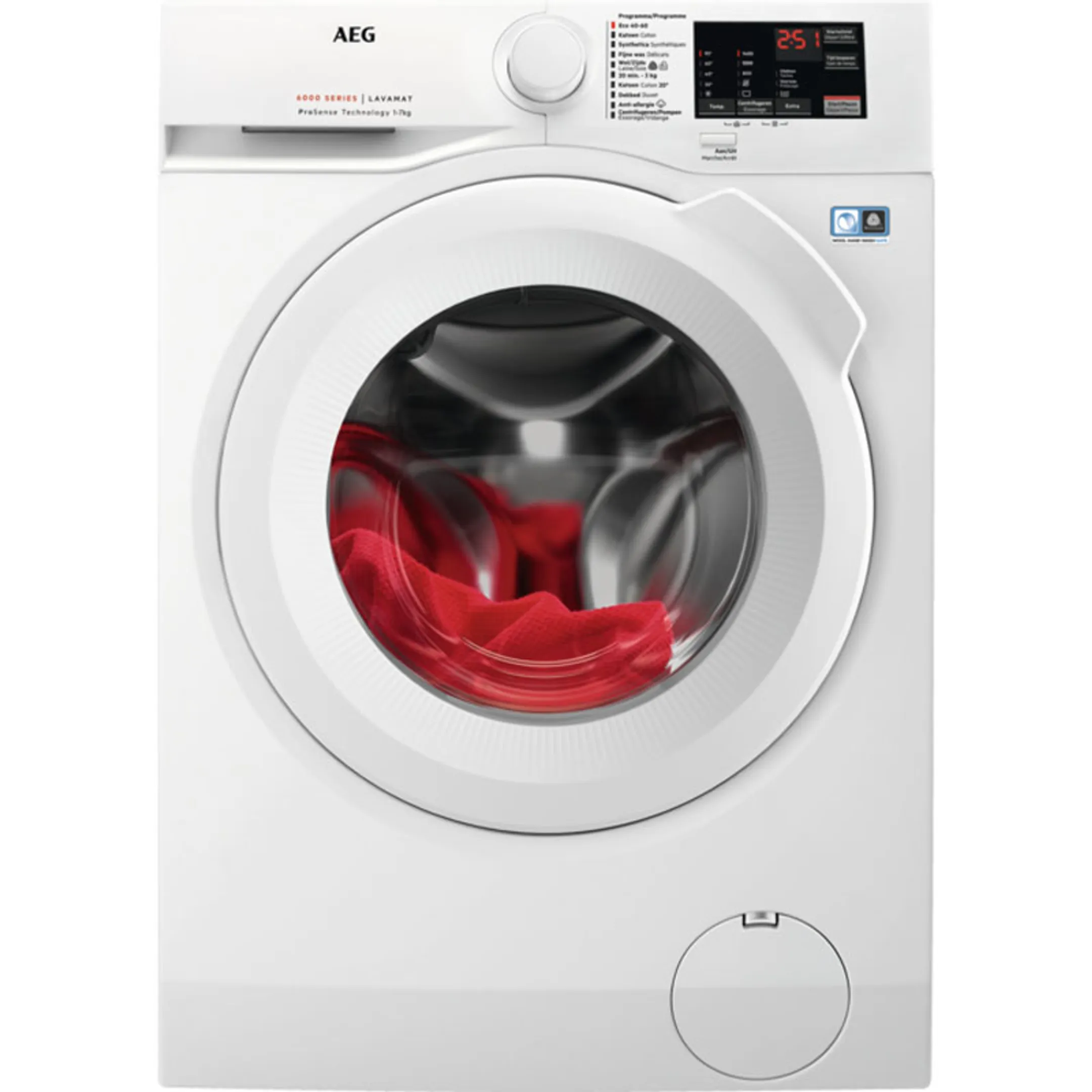How to choose your new washing machine?

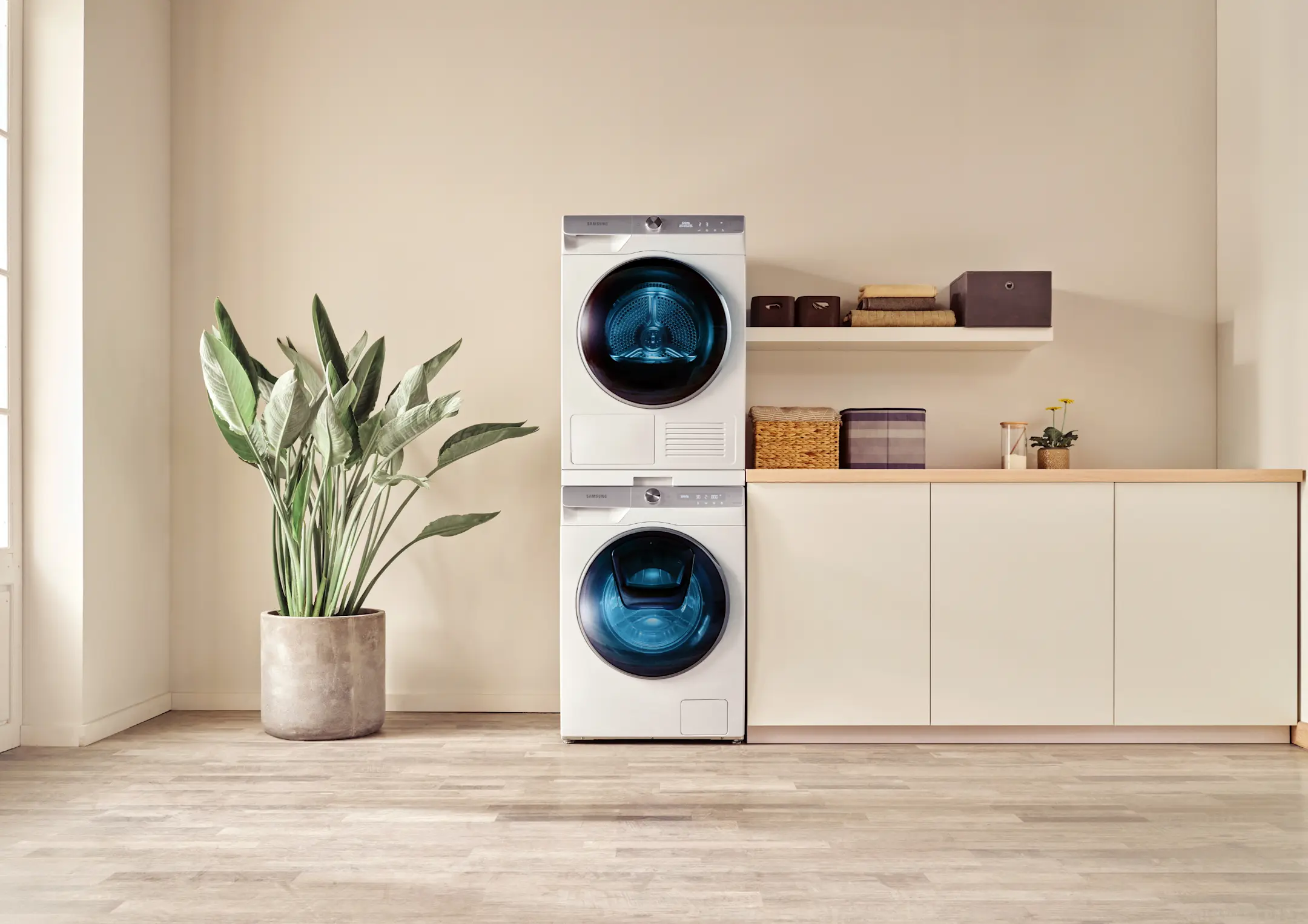
Key criteria for choosing your new washing machine
1. Loading capacity:
Before choosing a washing machine, assess the amount of laundry you regularly wash by considering the number of members in your household and the volume of regular laundry. Choose a drum capacity based on the size of your household and laundry habits, opting for a larger capacity for larger families and a smaller capacity for smaller households.
For a household of 1 to 2 people, a machine with a loading capacity of 5kg may be sufficient.
For a couple, a machine with a load capacity of 6 to 7kg may be sufficient.
For a family of 3 to 4 people, it is generally recommended to choose a washing machine with a capacity of 8 to 10kg.
If your household has more than 5 people, opt for a high-capacity washing machine, usually exceeding 11kg and more
Find our washing machines by capacity: up to 6kg | 7 - 8kg | 9 - 10kg | 11kg and more
Choose between a front-loading or top-loading washing machine based on the available space in your laundry room and your personal preferences. Front-loading washing machines generally offer a larger loading capacity, are more water-efficient, and provide a variety of washing programs. Top-loading machines are compact, suitable for confined spaces, and facilitate loading and unloading. Select the type that best suits your needs.
3. Energy efficiency:
Check the energy efficiency label of the washing machine. Machines are rated from A to G, with class A being the most energy-efficient. Opting for a machine with a high energy efficiency class will reduce your long-term energy consumption, potentially saving you money on your electricity bills.
On the energy label;
you will find information such as electricity consumption in kWh for 100 washes,
The energy class ranging from A to G,
Water consumption per cycle in liters,
The noise level during spinning in decibels with a class from A to D,
The average duration of the economical program,
Machine capacity in kg of cotton,
and the spin efficiency class from A to G.

Our washing machines
Updated on December 8, 2025



